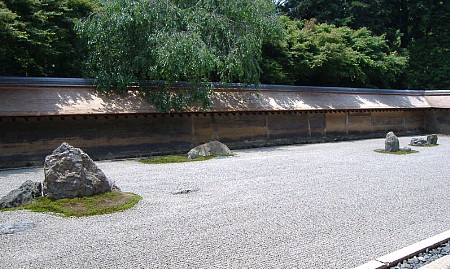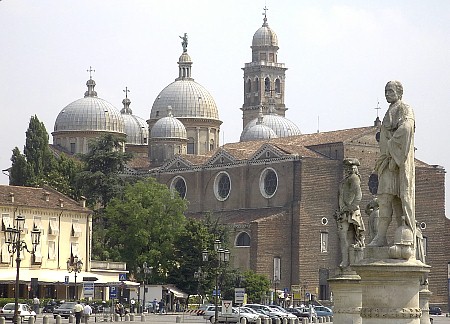Jean Bailly (I)
architect; d. between 1529 and 1531.
In 1500 he was employed with Jean Garnache to direct the construction of the Cathedral of Troyes (Aube), France. In 1506 and 1507 he was consulted about the portal and towers of the Cathedral of Troyes which were built by Martin Chambiges. In 1508 he was made Maître de l'œuvre of the church of S. Pantaléon at Troyes.
Andrea Briosco (called Riccio)
sculptor and architect of Padua; b. April 1, 1470; d. July 8, 1532.
The son of one Ambrogio Briosco, a Milanese goldsmith in Padua. He was a pupil of the sculptor Bartolomeo Bellano. In 1500 he designed the Capella del Santo in the church of S. Antonio, Padua. About 1505-1507 he made two bas-reliefs for the choir of S. Antonio. The contract, dated June 19, 1507, for his great candelabrum at S. Antonio is given by Gonzati. This work was finished in 1516, and is 3.92 meters high and 1.12 meters in extreme width. For the church of S. Fermo in Verona he made the tombs of Girolamo and Antonio della Torre. Eight bas-reliefs from Girolamo's tomb are now in the Louvre (Paris). November 12, 1516, Briosco was commissioned to make the model for, and direct the works at, the church of S. Giustina at Padua.
Caparra (Nicolò Grosso)
iron worker.
Caparra revived the art of working in wrought iron, which had fallen into disuse during the early Renaissance period. His most famous works are the iron lanterns and torch holders of the Palazzo Strozzi in Florence, which were placed in position November 16, 1500.
Jean de Doyac
architect.
Doyac was maître des œuvres du roi et expert juré de la ville de Paris. February 21, 1500, he undertook, with Colin de la Chesnaye, architect of the city of Rouen, the reconstruction of the Pont Notre Dame (Paris).
Bastyen (Sébastien) François
architect and sculptor; d. about 1523.
François married a daughter of Guillaume Regnault, nephew of Michel Colombe. In 1500 he became supervising architect of the cathedral of Tours in association with his brother Martin François.
Guillaume Senault
architect.
City architect (maître d'œuvre) of the city of Rouen, France. March 12, 1500, he took part in the deliberations concerning the construction of the Pont Notre Dame in Paris. He appears for the first time in the records of the château of Gaillon, near Rouen, in 1502, and worked on that building until December, 1507. The part of the chateau called the "Grant Maison" which he built is still in existence without its decoration. In 1506 he was consulted concerning the construction of the Tour de Beurre at the cathedral of Rouen.
Pierre de Valence
architect, engineer, and sculptor.
The chief member of a large family of French architects. In 1500 he was employed on the church of S. Gatien at Tours (Indre-et-Loire). January 11, 1503, Valence was called by the Cardinal Georges I. d'Amboise to inspect the works at the château of Gaillon, near Rouen, and in 1506 undertook the construction of the water works and fountains of the château. In 1507 he directed the construction of the fountain of Beaune in Tours. January 22, 1511, he made a contract for the fountains at Blois. His sons, Germain and Michel, succeeded him.
Jean Wast (Vast) (I)
architect; d. 1524.
Maítre d'oeuvre of the cathedral of Beauvais (Oise, France). May 21, 1500, he was associated with Martin Chambiges in the construction of the transcept of the cathedral of Beauvais. He was also employed on the cathedral of Amiens.
| |

c. 1500 Ryoanji Temple Garden near Kyoto
| |

c. 1500 S. Giustina Padua
|